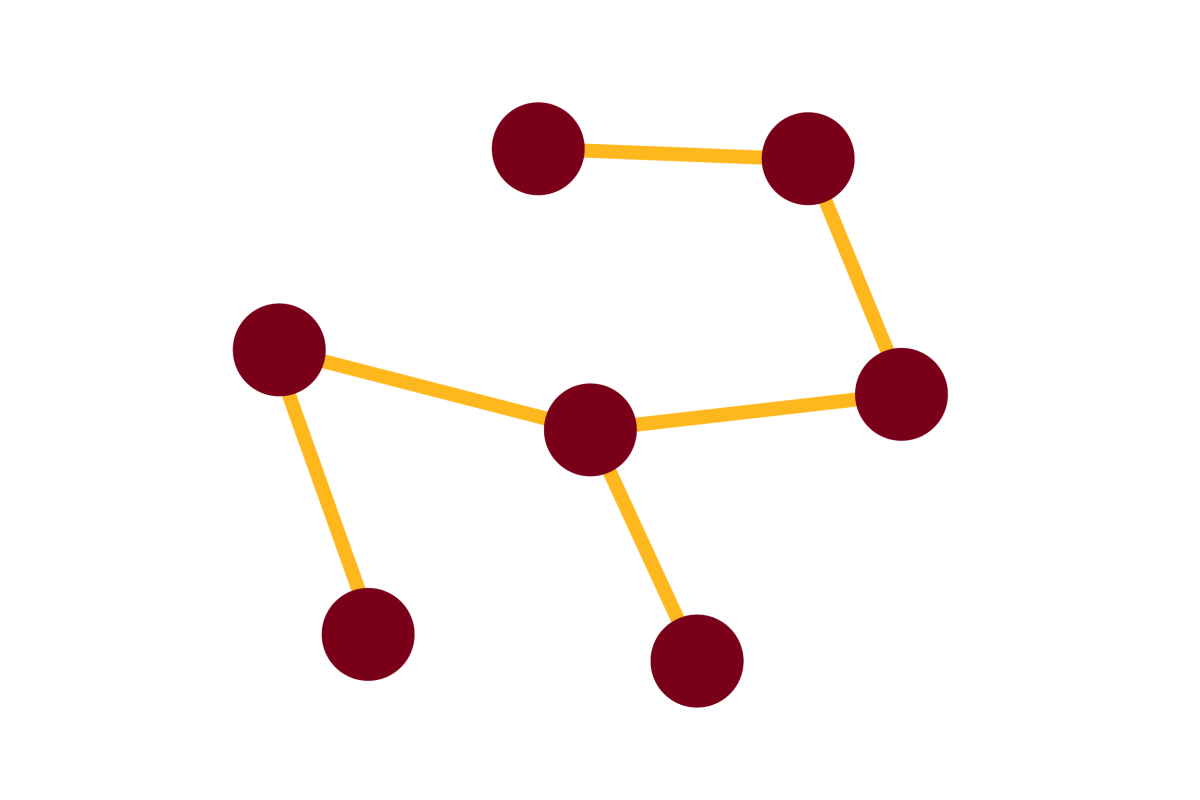Single-cell gene expression analyses reveal distinct self-renewing and proliferating subsets in the leukemia stem cell compartment in acute myeloid leukemia [journal]

Journal
Cancer Research - February 1, 2020
Authors
Karen Sachs, Aaron L Sarver, Klara E Noble-Orcutt, Rebecca S LaRue, Marie Lue Antony, Daniel Chang, Yoonkyu Lee, Connor M Navis, Alexandria L Hillesheim, Ian R Nykaza, Ngoc A Ha, Conner J Hansen, Fatma K Karadag, Rachel J Bergerson, Michael R Verneris, Matthew M Meredith, Matthew L Schomaker, Michael A Linden, Chad L Myers (professor), David A Largaespada, Zohar Sachs
Abstract
Standard chemotherapy for acute myeloid leukemia (AML) targets proliferative cells and efficiently induces complete remission; however, many patients relapse and die of their disease. Relapse is caused by leukemia stem cells (LSC), the cells with self-renewal capacity. Self-renewal and proliferation are separate functions in normal hematopoietic stem cells (HSC) in steady-state conditions. If these functions are also separate functions in LSCs, then antiproliferative therapies may fail to target self-renewal, allowing for relapse. We investigated whether proliferation and self-renewal are separate functions in LSCs as they often are in HSCs. Distinct transcriptional profiles within LSCs of Mll-AF9/NRASG12V murine AML were identified using single-cell RNA sequencing. Single-cell qPCR revealed that these genes were also differentially expressed in primary human LSCs and normal human HSPCs. A smaller subset of these genes was upregulated in LSCs relative to HSPCs; this subset of genes constitutes “LSC-specific” genes in human AML. To assess the differences between these profiles, we identified cell surface markers, CD69 and CD36, whose genes were differentially expressed between these profiles. In vivo mouse reconstitution assays resealed that only CD69High LSCs were capable of self-renewal and were poorly proliferative. In contrast, CD36High LSCs were unable to transplant leukemia but were highly proliferative. These data demonstrate that the transcriptional foundations of self-renewal and proliferation are distinct in LSCs as they often are in normal stem cells and suggest that therapeutic strategies that target self-renewal, in addition to proliferation, are critical to prevent relapse and improve survival in AML.
Link to full paper
Keywords
computational biology, bioinformatics